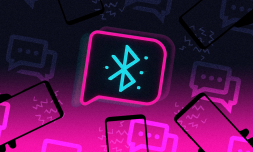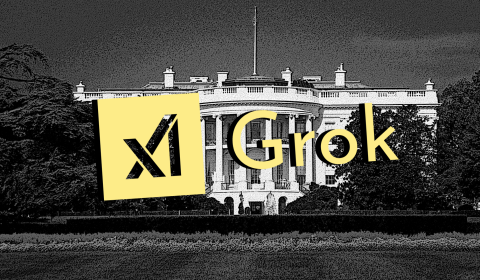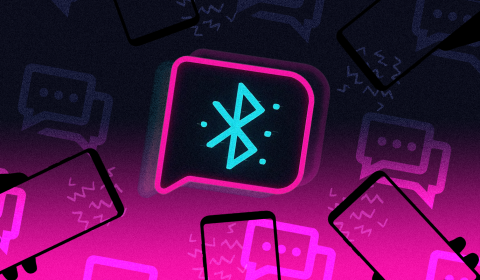The space agency is looking to launch a 4G mobile network on the moon before 2022, and Nokia has been identified as a surprise partner to build it.
Just as 5G arrives to planet Earth, it appears its predecessor is headed to the moon. Not even astronauts will get away with leaving people on ‘read’ soon.
NASA raised eyebrows today with the news that it’s teaming up with Nokia as part of a $14.1 million mission to establish a 4G network on the moon before 2022.
The space agency called on Nokia-owned research company Bell Labs to draw up plans for a localised transmission that will allow astronauts to navigate lunar geography in real time, control roaming rovers, and even livestream high definition videos direct from the cratered surface. Do it for the ‘gram.
To the moon!

We are excited to have been named by @NASA as a key partner to advance “Tipping Point” technologies for the moon, to help pave the way towards sustainable human presence on the lunar surface.
So, what technology can you expect to see? (1/6) pic.twitter.com/wDNwloyHdP
— Bell Labs (@BellLabs) October 15, 2020
5G may have just become a thing, with Apple unveiling the iPhone 12 as the first phone range to support 4G’s successor network, but NASA and Bell Labs are already drawing up plans for their lunar 4G service with an eventual 5G upgrade in mind. ‘The system could support lunar surface communications at greater distances, increased speeds, and provide more reliability than current standards,’ NASA said of the 4G (to 5G) Artemis program.
Having invested upward of $370 million on developing lunar tech already in 2020, NASA is determined to establish a ‘sustainable human presence’ on the moon before 2028, making human voyages routine there for the first time since Apollo 17 in 1972. Elon Musk, who knows a thing or two about the logistics of making a planet habitable, has tasked his team of aerospace engineers at SpaceX with creating innovative landers to ground astronauts on the moon safely, and Jeff Bezos is also developing his own prototype with Blue Origins hoping to get the nod from NASA.









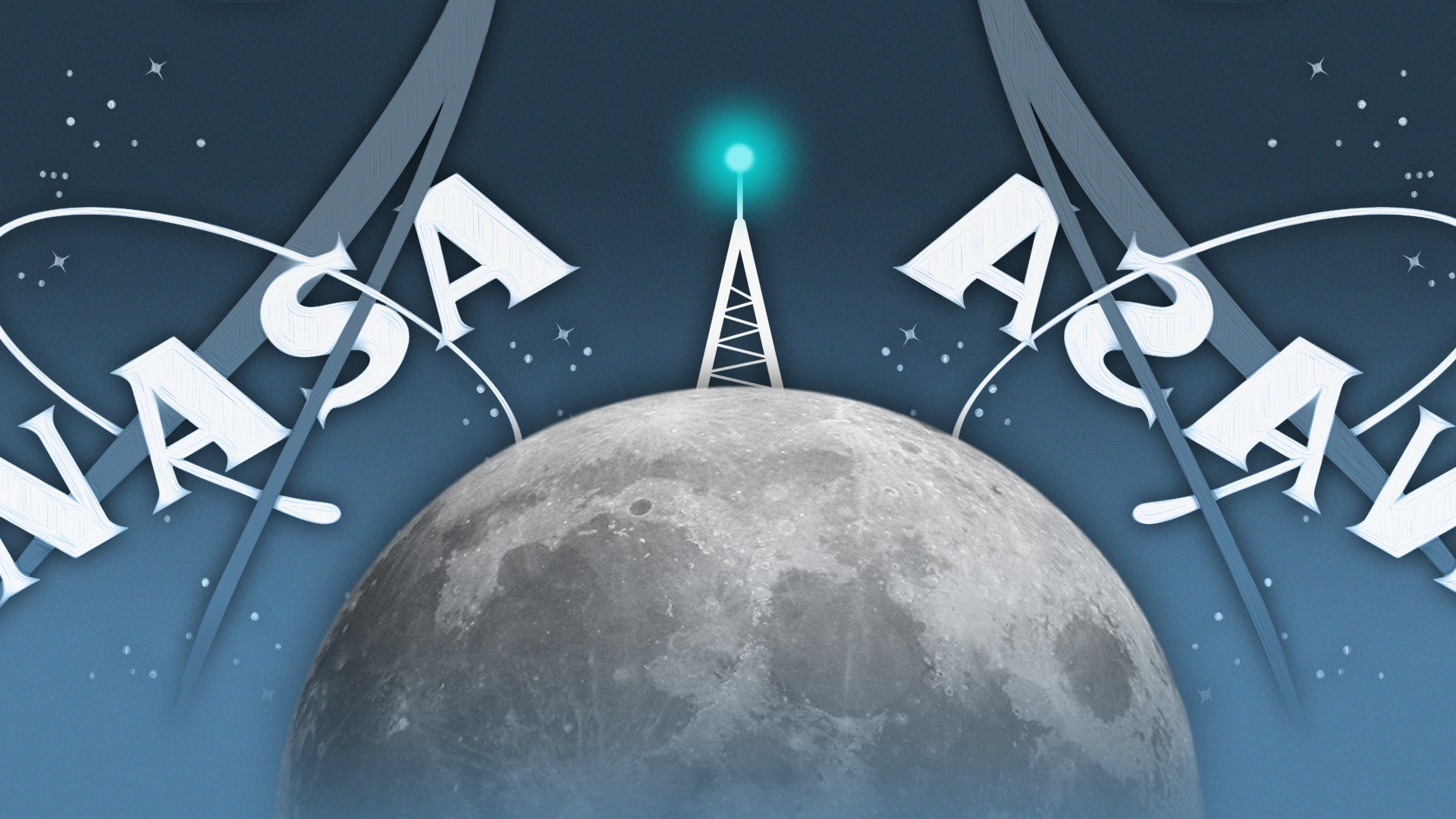
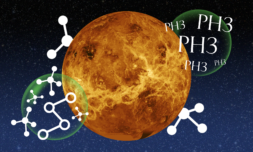
 returned.
returned.